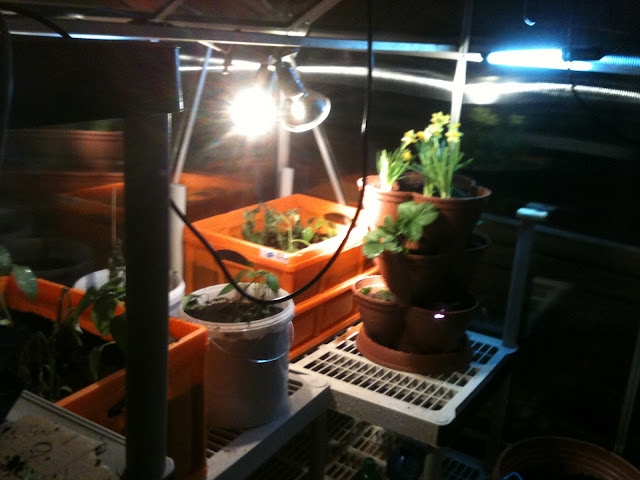I came across this looking for a peat moss substitute.
http://www.gardenrant.com/my_weblog/2009/04/ken-druse-dishes-the-dirt-about-peat-moss.html
Excerpt:
Just as you point out that, "Some wetlands scientists point out that a managed bog lacks the biodiversity of the original bog", so the forest where the sawdust originally comes from also lacks that "biodiversity" of the original forest. I also wonder about the coconut plantations where coir is harvested from. Are they bio-diverse? Coir comes from fibers found between the husk and the outer shell of a coconut. The coconut plantation certainly displaced the native flora and fauna of the area they are grown in.
Posted by:
trey |
April 30, 2009 at 07:08 AM
I wonder if this guy realizes that the native flora and fauna were displaced to create his house and yard, not to mention the corporate factories that produced the computer, electricity, and all other aspects of his existance. I get going green, but come on people.... If you're going to criticize one industry for clearing land to do buisness and clearing land to farm, Why the F**K cre you still sitting in your electric heated house, wearing your fleece pajamas, plastic bottomed house shoes, surfing the net on your computer, and driving your car to work?
Can't you move into the woods, build a lean-to, and walk barefoot everywhere? Oh, yeah, the lean-to will displace nature, as do your footsteps. People need to stop being so haughty about things that are wrong while, obviously, not caring about their own impact on nature and their carbon footptint.


















































